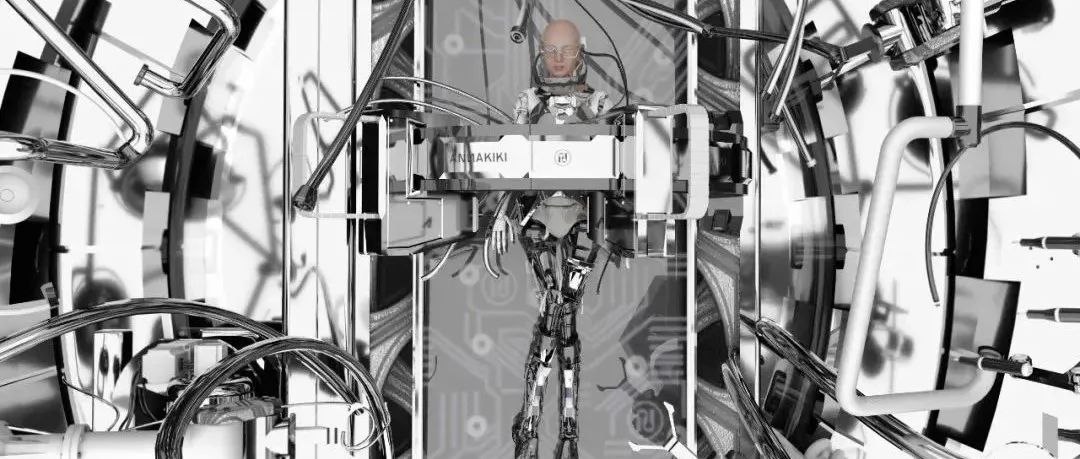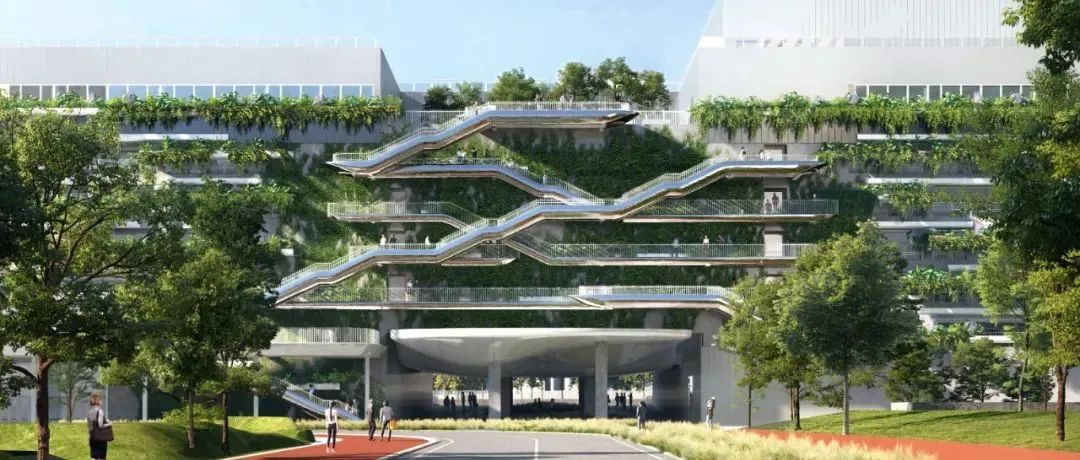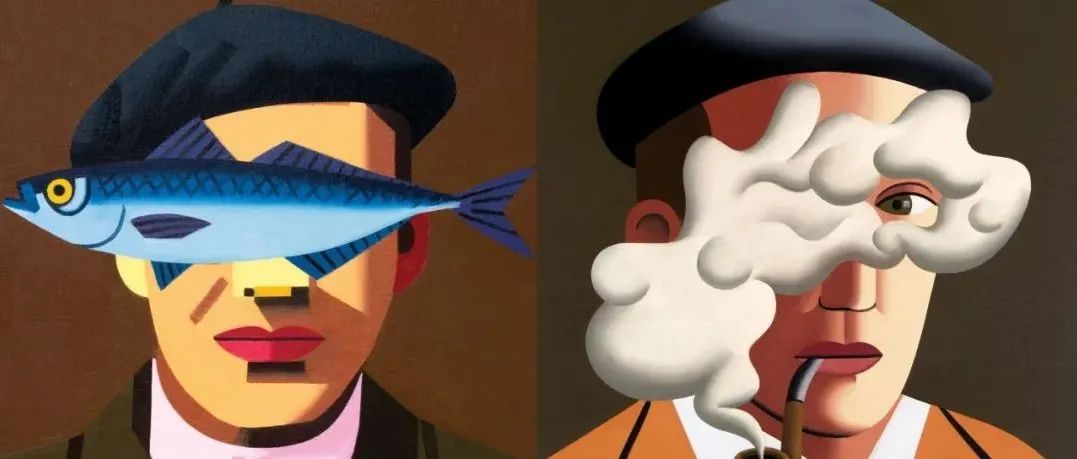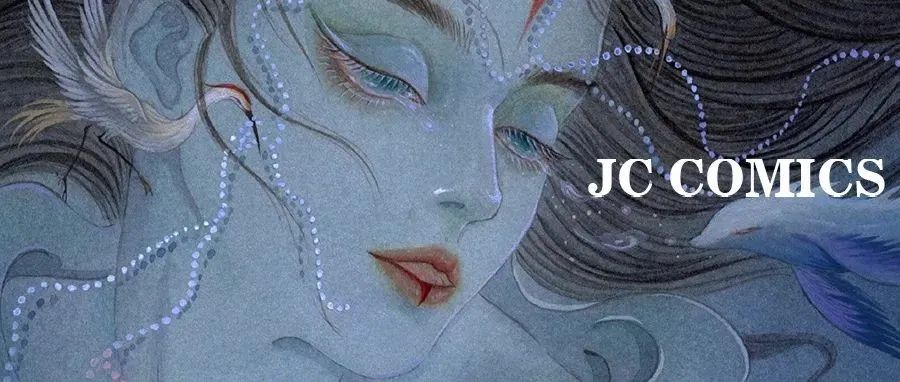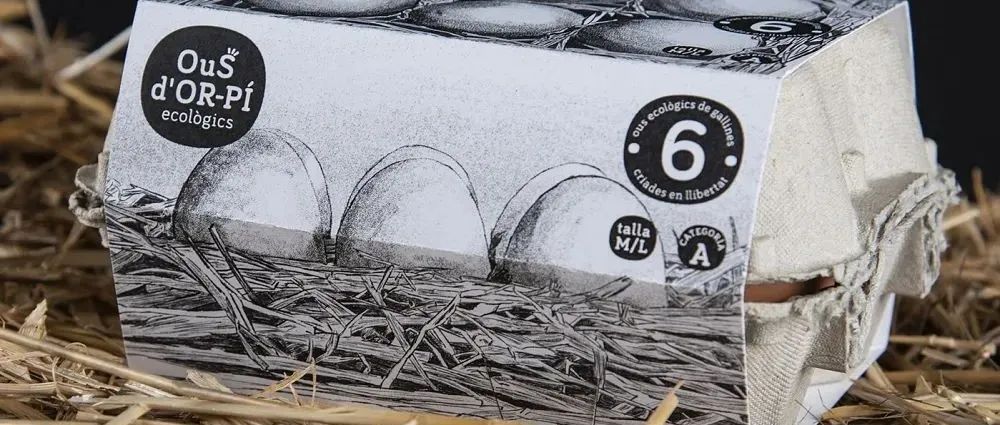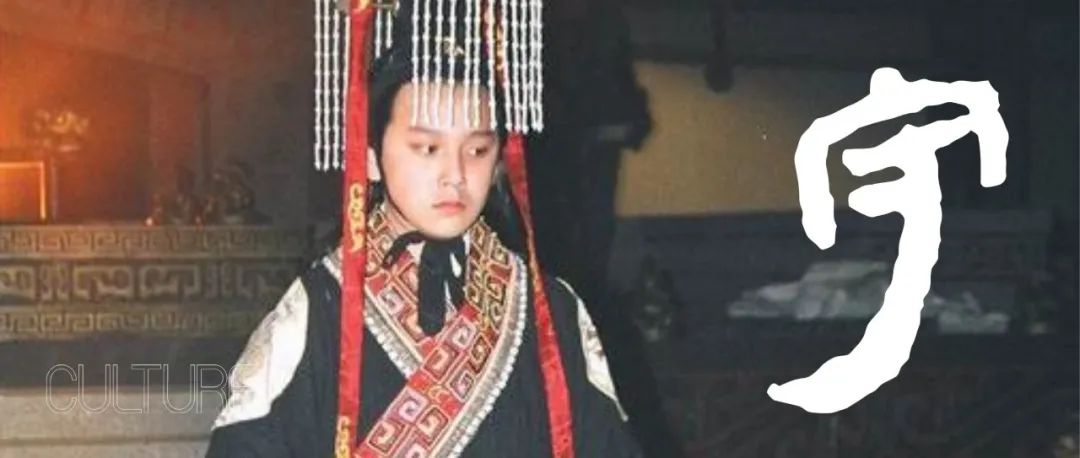Edi Hila is a contemporary Albanian artist whose muted paintings explore the architecture of his country’s communist history. Acting as a method to recount his memories of youth and the time he spent as a prisoner of the state, Hila’s depictions of boulevards, rural areas, and stark buildings are both mythological and mournful. “In these paintings, resembling the backdrops of a tactical war-game video, it is the subtle and deep pictorial material that draws one’s gaze into this world without shadow and without any sign of humanity,” Pierre Bal-Blanc wrote of his work. Born in 1944 in Shkodër, Albania, he went on to study painting at the National Academy of Art in Tirana and later worked as a set designer for television during the late 1960s. Arrested for promoting anti-communist tendencies in 1973, the artist was forced to work with no pay in a government-run poultry processing factory for a number of years. After the fall of the totalitarian Hoxha regime in the early 1990s, Hila began reflecting upon and rebuilding his understanding of Albanian society through painting. He continues to live and work in Tiraja, Albania. Today, the artist’s works are held in the collections of the Centre Georges Pompidou in Paris, the Museum of Modern Art in Warsaw, and the National Art Gallery of Albania in Tirana, among others.
Alex Katz|亚历克斯·卡茨艺术作品
本文来自微信公众号“画一”(ID:HuaY-Art)。大作社经授权转载,该文观点仅代表作者本人,大作社平台仅提供信息存储空间服务。




